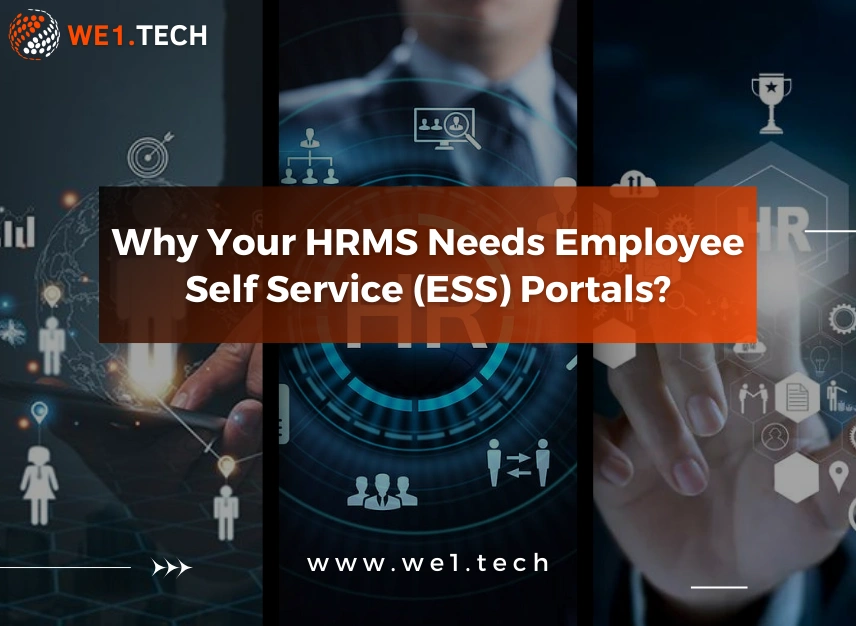
In today's business world, Human Resource Management Software is becoming more important than ever before. Companies rely on it to manage their HR-related tasks, from recruitment to payroll processing. It helps improve the overall efficiency and productivity within an organization.
One crucial component of modern HR software is the Employee Self-Service (ESS) portal. ESS portals are essential tools within HRMS. They empower employees across departments to manage their personal and professional information. This certainly reduces the administrative workload for HR teams.
In this blog post, we will explore why your HRMS needs ESS portals, what they are, their features, and their benefits. So, let's get started!